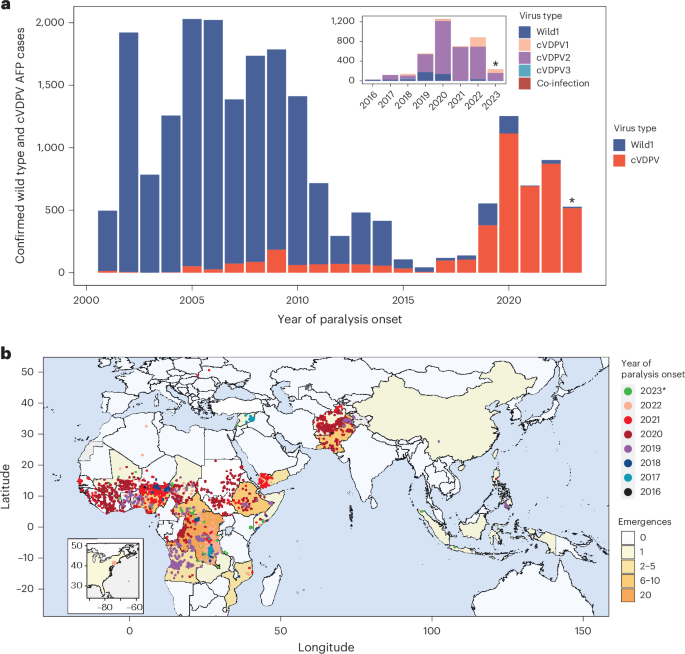Author: admin
-
Senate’s human rights body condemns Justice Najafi’s remarks in Noor Mukadam case, terms them ‘ridiculous’ – Dawn
- Senate’s human rights body condemns Justice Najafi’s remarks in Noor Mukadam case, terms them ‘ridiculous’ Dawn
- Noor Mukadam’s friends say live-in relationship misinformation ‘reduces her humanity to rumours’ Dawn
- SC Judge blames…
Continue Reading
-
Senate’s human rights body condemns Justice Najafi’s remarks in Noor Mukadam case, terms them ‘ridiculous’ – Dawn
- Senate’s human rights body condemns Justice Najafi’s remarks in Noor Mukadam case, terms them ‘ridiculous’ Dawn
- In additional note, Justice Najafi says Noor Mukadam case direct result of ‘vice’ known as ‘living relationship’ Dawn
Continue Reading
-

Worldline divests Luxembourg-based electronic data management activity to SIX Group
A&O Shearman has advised Worldline, a leading France-based payments technology firm, on the sale of its Luxembourg-based electronic data management activity (formerly CETREL Securities) to SIX Group.
A&O Shearman has advised Worldline, a leading France-based payments technology firm, on the sale of its Luxembourg-based electronic data management activity (formerly CETREL Securities) to SIX Group.
The divested unit provides services that help clients comply with regulatory requirements and minimize associated risks, including monitoring of sanctioned securities.
SIX Group, which operates Switzerland’s financial market infrastructure and offers exchange, clearing, settlement/custody, financial data, payments, and digital asset services, stated that the acquisition strengthens its position in regulatory compliance and risk mitigation. The move aligns with SIX’s growth strategy and enhances its capabilities in electronic data management.
Worldline’s decision reflects its strategic refocus on core payment activities. Earlier this year, Worldline entered agreements to divest its mobility and e-transactional services business (July 2025) and its North American operations (October 2025).
Combined cash proceeds from these three divestments are expected to range between EUR350 million and EUR400m. Closing is expected in Q1 2026.
The A&O Shearman team was led by Paris M&A partner Guillaume Isautier assisted by members of the Luxembourg office, including partner Jacques Graas, counsel Alann Le Guillou and junior associate Sophie Roth from the M&A team, partner Franz Kerger and senior associate Tiphanie Frutuoso from the Tax team, partner Catherine Di Lorenzo and senior associate Barbara Azoulay from the DDIT team, partner Baptiste Aubry, senior associate Anne-Sophie Besançon and associate Fayçal Benaïssa from the FSReg team, partner Gilles Dall’Agnol along with counsel Christophe Ernzen and junior associate Joana Cardoso from the Employment team as well as associate from the Paris M&A, Anne-Sophie Rommi. Members of the New York Corporate/DDIT practice were also involved, including partner JB Betker and associate Will Jackson.
Continue Reading
-

A Doctor in Her 40s Uses 3 Science-Backed Products to Prevent Wrinkles
Dr. Christine Hall grew up in the UK but spent most of her summers in South Korea, which gave her an appreciation of both Western and Korean skincare cultures.
The qualified physician and pharmacist-turned “glass…
Continue Reading
-

Historical and current spatiotemporal patterns of wild and vaccine-derived poliovirus spread
Epidemiological data and outbreak definition
Institutional ethics approval for this study was granted by the Imperial College Research Governance and Integrity Team (reference no. 21IC6996). Epidemiological data on all AFP cases with paralysis…
Continue Reading
-

Harry Potter | Here are all of your most controversial Yule Ball hot takes
Was Ron actually a fashion icon?
With everyone donning their dress robes for what was possibly the glitziest event Hogwarts had ever hosted, the Yule Ball was a mix of dazzling fashion wins and dismal fashion fails. Ron’s frothy concoction of…
Continue Reading
-

Kiwi Crime Drama ‘A Remarkable Place to Die’ Season 2 Greenlit
EXCLUSIVE: New Zealand-produced drama series is getting a second and expanded season. The show is produced out of the Remarkable Studios facility and the Season 2 news dropped as Kiwi Prime Minister Christopher Luxon paid a visit to the…
Continue Reading
-

Sony just launched the ‘world’s largest’ 200MP smartphone sensor – here’s which phones could get it
- Sony has unveiled a new 200MP sensor for smartphone cameras
- At 1/1.12 inches, this is reportedly the world’s largest 200MP smartphone sensor
- It’s likely to first be used by phones from Oppo and Vivo
Sony has just unveiled the 200MP LYTIA LYT-901…
Continue Reading
-

M&A risk and resilience: Creating value in an age of uncertainty
Impact of overlooking people risks
When people risks are overlooked or not mitigated during an M&A transaction—either before Day 1 or in the critical months that follow—the deal almost immediately starts to lose value. Leadership teams that haven’t aligned on purpose, priorities and decision rights create confusion that cascades through the organisation. Employees receive mixed messages, collaboration stalls and legacy ways of working persist far longer than intended. This slows execution, delays synergies and erodes the energy needed to bring two companies together with confidence and momentum.
Just as damaging is the impact on culture and talent. Unaddressed cultural differences quickly turn into “us versus them” behaviours, while uncertainty drives high-performers and client-facing talent to leave. Without clarity on roles, accountability and the new operating model, productivity drops, customer relationships are disrupted and operational risks increase. Ultimately, failing to proactively manage people risks leads to value leakage, slower transformation and a combined business that struggles to realise the strategic intent of the deal.
Top 3 tips for people risk mitigation in M&A deals
Practical early action is critical to manage people risks and ensure a smooth transaction.
- Critical role of Chief People Officer: Remember that the Chief People Officer is also the Chief Value Preservation Officer. The CPO should sit alongside the CEO and deal leads from the earliest planning phase to oversee retention strategies, organisation design and culture integration.
- Conduct early HR and culture diagnostics: Use interviews to support HR due diligence (employment contracts, payroll, policies), culture heatmaps, skills mapping, organisational structures, RACIs and leadership assessments to identify critical roles, retention risks and cultural friction points.
- Plan, communicate and execute: In the face of uncertainty and unknown people risks, develop scenario plans to identify key risks and mitigation strategies, e.g. for retention, redundancy and leadership blends. Open and timely communication is essential to facilitating a smooth transition and preserve institutional knowledge.
The current M&A market activity indicates that scale matters, but so does execution. Buyers and sellers must adapt: deploy disciplined pricing, embed deeper diligence, front‑load financing and make people and regulatory workstreams central to deal planning. These strategies can enhance deal resilience and help convert transactions into sustainable value — protecting returns not just at signing, but well into long‑term integration.
Learn more
Whether you’re a buyer or seller, about to enter into or considering an M&A transaction, working with the right experts can help you derisk and stay ahead of the game. If you’d like to learn more about your transactional risks or have questions about any of the above, please contact a Marsh Private Equity and M&A Services specialist.
Continue Reading
